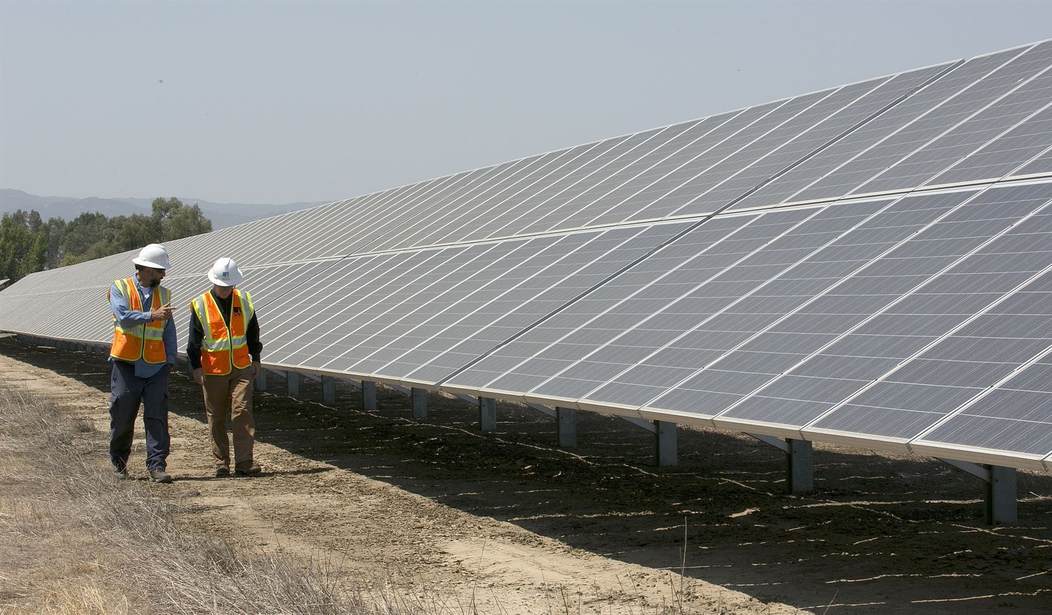California politicians have been bragging for years about how “green” their state is becoming. They’ve closed down more coal-fired electric plants than any other state. They’ve shut down more nuclear plants than any three states. And they’ve built 776 solar-powered plants to fulfill the pledge of “renewable energy” for California’s future.
The only problem for California is that solar, wind, and all other power-generating sources that don’t use fossil fuels come up far short of the energy California needs — especially during peak-use periods. And, as Gov. Gavin Newsom (D) is finding out, the political impact of that reality hits home no matter how good his intentions are in weaning California off of fossil fuels.
Newsom is now embracing “dirty energy” to keep the lights on when — shock of shocks — the sun goes down and the wind stops blowing. The big question is whether or not the additional energy from coal, gas, and oil will be integrated with the power grid in time to avoid the rolling blackouts of 2020 that led, in part, to the attempt to recall Newsom in 2021.
“If there’s a blackout, it’s the governor’s fault,” said former governor Gray Davis, who was recalled in 2003 partly due to rolling blackouts and electricity price spikes during his term. “Certainly they don’t send you congratulations when you keep the power on, but ultimately they’ll hold the governor responsible for maintaining the grid.”
Newsom campaigned on shutting down the gas storage facility at Aliso Canyon, the site of the largest methane leak in U.S. history in 2015. But the cold political reality of energy generation in 2023 has forced Newsom to retreat.
The Newsom-appointed Public Utilities Commission is scheduled to vote Thursday on whether to approve the Aliso Canyon expansion, which would boost storage by two-thirds to nearly 69 billion cubic feet.
His administration also extended the life of three aging natural gas plants in Southern California last month and is helping keep Diablo Canyon, the state’s remaining nuclear plant, open despite his prior support as lieutenant governor for closing it.
Underpinning all of the extensions is a rapidly changing energy picture on multiple fronts. Extreme weather is becoming more common, producing dramatic swings in demand and extreme events such as wildfires and floods that can abruptly wipe out transmission.
What California desperately needs is a way to store the electricity that solar and wind power generate. Currently, the state has the capacity to store enough electrical power to run 4 million homes. That’s only about half the single-family homes in the state and doesn’t include multi-dwelling apartment complexes, businesses, or industry.
The bottom line is that California will not achieve a totally renewable future by 2045, the date Newsom projected. And Newsom and his crew of green climate warriors are not keen on bridging the gaps in energy generation using dirty energy. So there are going to be blackouts and brownouts (perhaps they should start calling them “greenouts”), and people are going to get mad. But they’re not going to be angry at the politicians whose Central Planning mindset is proving to be as ineffective in the U.S. as it was in the Soviet Union in the 1980s.
Until the power from all those glorious renewables can be effectively stored and then dispensed during peak hours of need, California’s dream of a totally renewable energy grid will remain an unattainable fantasy.










Join the conversation as a VIP Member